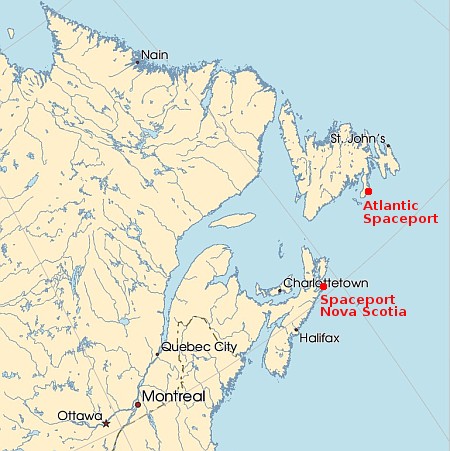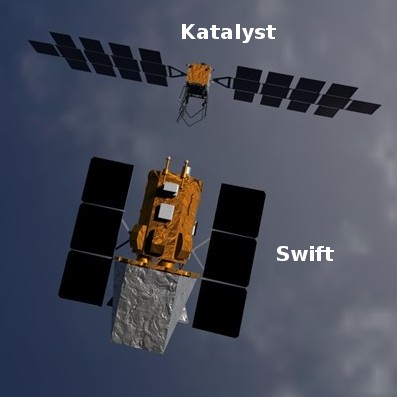
Chicken Little is once again panicking
Mexican anti-Musk activists have now announced new complaints against SpaceX’s Boca Chica launch operations, claiming the soft-splash down of its Superheavy boosters in the Gulf of Mexico is damaging marine life, and the company’s effort to remove its stage and debris is further damaging the ocean floor.
Conibio Global A.C., a marine biodiversity organization in Mexico, launched “Expedition Booster 2025” this summer in partnership with the state of Tamaulipas and the Universidad Autónoma de Tamaulipas. The group is studying how booster landings near Playa Bagdad may be affecting wildlife and nearby communities. “We have 20 kilometers of space debris, which amounts to tons,” said Jesus Elias Ibarra Rodriguez, president of Conibio Global A.C. “If you go right now, you’ll find three or five pieces of plastic or metal or electrical parts from the thruster, even tanks—there is already a lot of debris.”
Researchers report that sea turtles and dolphins often mistake smaller debris for food, which can lead to deadly ingestion. They also documented debris fragments measuring between two and 10 meters long. According to the group, 3-D sonar imaging shows that a platform used in July to remove debris may have caused additional damage to the seafloor. “This platform has three structures that were sunk and anchored to the seafloor,” Rodriguez said. “During the investigation, we realized that it caused damage and holes when its structures were wedged in while removing the engines, and the engines were damaging the seabed and the species that live in the area.”
In other words, SpaceX is evil for dropping Superheavy in the Gulf, and it is also evil for removing it. Or to put this in real terms, these activists simply don’t want SpaceX to do anything. Their goal is to shut the company down entirely.
Moreover, their research is clearly bogus and overwrought. The entire world has been dropping lower stages in the oceans for more than three-quarters of a century, with no documented harm to marine life or the oceans. These faux scientists are simply puffing up their work to use this as a hammer against SpaceX.
Their complaint meanwhile appears somewhat bogus as well. They are “in communication” with Mexican authorities, and only “plan to present [their] findings” to that government eventually. In other words, their complaint hasn’t been filed with the government, but with our compliant propaganda press (in this case a local Texas news outlet), who are always glad to push the leftist agenda, no matter how idiotic.
Hat tip to Robert Pratt of Pratt on Texas.















